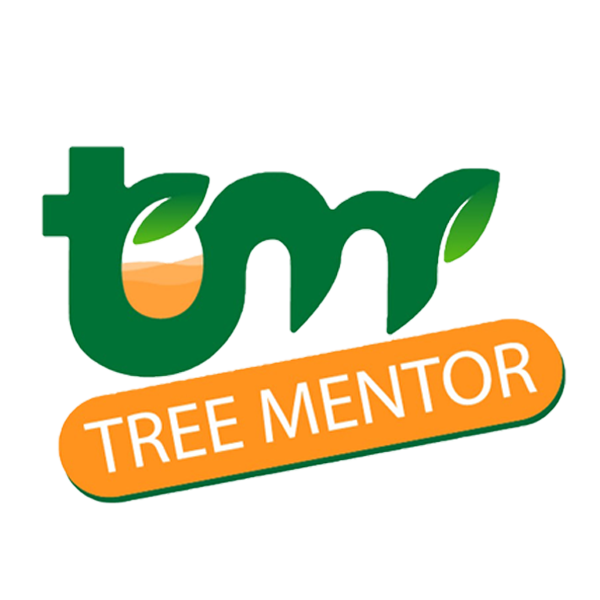Pruning is one of the most important gardening practices that helps plants grow healthy, strong, and beautiful. Whether you are growing fruit trees, ornamental plants, or flowering shrubs, pruning plays a key role in maintaining their shape, improving productivity, and preventing diseases. Many beginner gardeners feel nervous about cutting their plants, but once you understand the purpose and process, pruning becomes a simple and rewarding task.
What Is Pruning?
Pruning means selectively removing certain parts of a plant such as branches, buds, or roots. The goal is not to harm the plant but to guide its growth. It helps control the size and shape of a plant, remove dead or diseased parts, and encourage new growth. In nature, wind, animals, and weather sometimes perform natural pruning, but in gardens and farms, it’s up to humans to do it correctly and at the right time.
Why Pruning Is Important
There are several reasons why pruning is important for plants. Let’s explore the major benefits:
1. Promotes Healthy Growth
Pruning encourages plants to grow new and healthy branches. When old, weak, or dead parts are removed, the plant can focus its energy on developing fresh shoots and leaves. This makes the overall plant stronger and more productive. Regular pruning also allows sunlight and air to reach inner branches, reducing the chance of fungal infections.
2. Improves Plant Shape and Appearance
Pruning helps maintain an attractive shape for ornamental plants and shrubs. It prevents them from becoming too bushy or uneven. For example, rose bushes and topiary plants need frequent pruning to keep their desired form. A well-pruned garden looks neat, tidy, and pleasing to the eye. It also helps create space for other plants to grow properly without crowding.
3. Increases Flower and Fruit Production
Fruit trees and flowering plants benefit greatly from pruning. When unnecessary branches are removed, the plant directs more nutrients to the remaining buds. This results in bigger and better fruits or more vibrant flowers. For example, pruning a mango or guava tree during the dry season helps it produce more fruits in the following season. In flowering plants like hibiscus or bougainvillea, pruning stimulates the growth of new flowering branches.
4. Prevents Disease and Pest Infestation
Dead or damaged branches often attract insects and diseases. Pruning removes these parts before they can spread to the healthy portions of the plant. Good air circulation and sunlight also make it harder for pests to thrive. It’s important to disinfect pruning tools to avoid transferring diseases from one plant to another. In short, pruning keeps the plant clean and reduces the need for chemical sprays.
5. Controls Size and Growth Direction
Sometimes plants grow too large or spread in unwanted directions. This can block pathways, damage structures, or shade smaller plants. Pruning helps control the size and direction of growth. For instance, if a tree branch grows toward a building or power line, it should be pruned to avoid accidents. Similarly, vines and creepers can be trimmed to keep them under control.
6. Rejuvenates Old Plants
Old plants can be given a second life through pruning. Cutting back old wood encourages new shoots to grow from the base. This is especially helpful for older fruit trees and flowering shrubs. With careful pruning, even a neglected garden can become fresh and productive again. It’s like giving the plant a new start.
Types of Pruning
There are several types of pruning depending on the plant type and purpose:
- Thinning: Removing selected branches to improve light penetration and air flow.
- Heading: Cutting the top of a branch to encourage bushier growth below.
- Pinching: Using fingers to remove soft tips of shoots to control growth.
- Shearing: Trimming many branches evenly, often used for hedges.
- Rejuvenation pruning: Cutting back old or overgrown plants to promote fresh growth.
- Deadheading: Removing faded flowers to encourage more blooms.
Each method serves a specific purpose and should be done carefully to avoid over-pruning.
When to Prune
The best time to prune depends on the type of plant. In general, pruning is done during the dormant season—usually in late winter or early spring—before new growth begins. This timing helps the plant heal faster and grow vigorously when the weather warms up.
However, some plants should be pruned after flowering. For example, spring-blooming shrubs like jasmine or lilac set their flower buds in the previous season, so pruning them too early can remove next season’s flowers. Always check the specific pruning time for each plant species.
Avoid heavy pruning during extreme heat or frost because plants are under stress and may not recover quickly.
Tools Needed for Pruning
Using the right tools makes pruning easier and safer for both you and the plant. The main tools include:
- Hand pruners (secateurs): For small branches and twigs.
- Loppers: For thicker branches up to a few centimeters wide.
- Pruning saw: For large branches or tree limbs.
- Hedge shears: For trimming hedges evenly.
- Gloves and safety glasses: To protect your hands and eyes.
Keep tools clean and sharp. Dull blades can crush stems instead of making clean cuts, which slows healing and invites diseases.
How to Prune Properly
- Start with Dead or Diseased Wood: Remove all dead, damaged, or infected branches first.
- Cut at the Right Angle: Make slanted cuts just above a healthy bud or branch.
- Do Not Over-Prune: Removing more than one-third of the plant at a time can cause stress.
- Use Clean Tools: Wipe blades with disinfectant between plants to avoid spreading diseases.
- Step Back and Observe: After each few cuts, step back and check the shape of the plant before continuing.
With practice, pruning becomes an enjoyable task that improves your connection with the garden.
Environmental and Economic Benefits
Pruning doesn’t just help the individual plant—it benefits the entire garden ecosystem. Properly pruned trees are less likely to fall during storms, reducing damage to property. They also provide better shade and air quality. In agriculture, pruning helps farmers increase yields and improve fruit quality, which directly boosts income.
For ornamental gardeners, pruning can reduce maintenance costs, improve landscape design, and make gardens safer by removing weak branches that could break.
Common Mistakes to Avoid
- Pruning at the wrong season.
- Cutting too close or too far from a bud.
- Leaving stubs that invite pests.
- Using dirty or blunt tools.
- Over-pruning, which weakens the plant.
Avoiding these mistakes ensures that your pruning efforts give the best results.
Conclusion
Pruning is more than just cutting—it’s a form of plant care and art. It guides the natural growth of plants, keeping them healthy, productive, and beautiful. Whether you have a small home garden or a large orchard, regular and correct pruning will reward you with stronger plants, more fruits and flowers, and a more attractive landscape.
So, take your pruning shears, learn your plants’ growth habits, and start pruning with confidence. Remember, every cut you make with care brings your garden closer to perfection.

